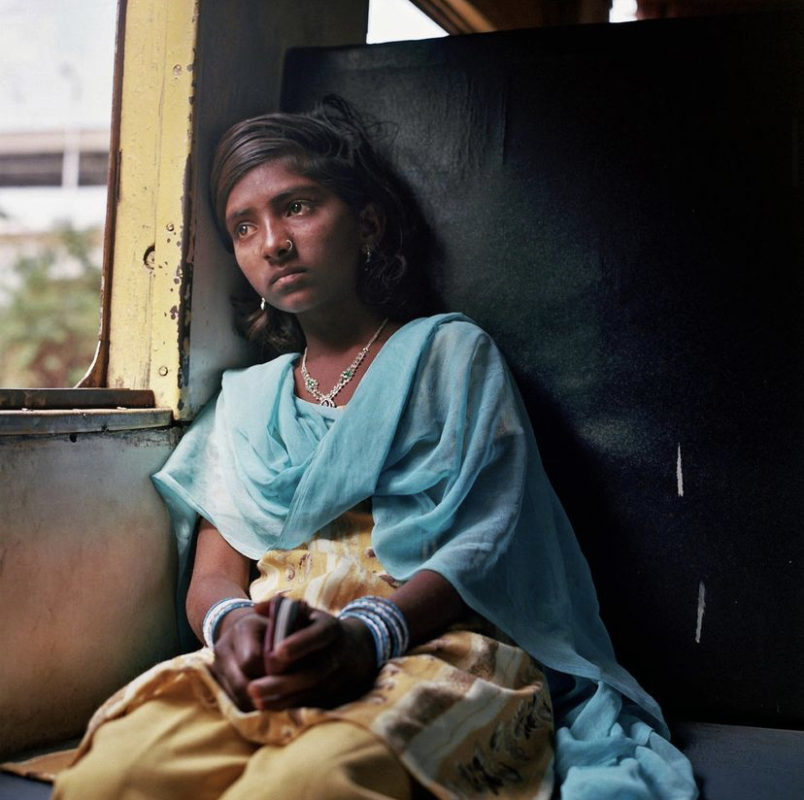PHOTOJOURNALISM

Photojournalism is capturing the truth, reality, and real life stories through photography. By stating newspapers it can be that the profession can be related to newspaper photojournalists. I don’t believe that newspapers are dying as most have moved onto the internet, but if I were to work for an unpopular newspaper as a newspaper photojournalist, perhaps I would not advance in my career unless I switch to a bigger and more well known corporation.
Making a living within the photojournalism world is hard from what Bruce has discussed in class. Either you work for a corporation and you basically sign your rights away to your work, which is basically being a staff photographer. Or you can be a contract photographer which basically means no corporation owns you. A corporate industry can give you an x amount of money to perform a task, yet they do not own you nor your photographs. The tough thing with being in contract is that you’re basically on your own, and if you do not agree on the task that is being given to you, your career can be over.
My top pics of these eras:
1930s-1950s: Margaret Bourke-White
1960s-1980s: Ralph Morse
1990s- present: Rena Effendi

I decided to go with the photo because of how White captures the irony that is/was presented in America. Back then and still now, America is pictured as this perfect country where no one suffers, yet people that belong to minority groups have a different story to tell when it comes to the American dream. White was searching for the truth, and it is presented here clear as day. The light source seems to be natural.The timing seems to be pretty good here, it seems like White saw this as an opportunity and went with it. The focus within this picture is specifically African Americans and their struggle within this country, whereas Caucasians perhaps didn’t struggle as much or were at least pictured to live a perfect life. Its the irony for me that makes this photo so great. I dont believe I could make a photo like this as in El Paso there is no propaganda like this.

What moves me in this particular photo is the moment. Morse is capturing history in this very moment and I can only imagine the excitement he must’ve felt when Apollo 11 finally launched. The light source could be coming from the bottom where the fire is present and as well as natural daylight. Morse definitely anticipated correctly concerning timing and he got this thing launching at the right second. This takes serious skill and I really do admire his skill in timing. The focus and what makes this photo great is the color from the launch as well as Apollo 11 moving in action. All of these things come together as one in this photo. It tells a story. Perhaps I could make a similar photo like this in the White Sands Missile Range, but the lighting and timing would have to be right.

In a train car, a young girl is seen to be distracted by her own thoughts. Photo taken in Gujarat, India by Rena Effendi.
What moves me in this particular photo is the child’s expression. She is so deep in her mind, and her eyes can tell you everything. Her eyes show you her pain and her worry. It is obvious that something is bothering her, and it is taking control of her emotions. The light source is the natural daylight, but it is coming in from the window at a slight angle, lighting the child’s face with a glow. The timing in this photo is truly perfect. Effendi caught her expression and her gaze at the right time. The focus here could be India and how cultures allow us to live different lives. The child, her expression, her eyes, as well as the colors of her clothes truly make this photo great, as well as the lighting. I honestly don’t think I could create a photo like this regarding the difference in countries.
From what I remember in the intro class, within the photojournalism field you should not edit your photos in any way. Maybe a slight edit here and there is okay, but intense editing is not allowed in any way. If you do that and you send your photo to a big corporation that you are working for, there goes your career. Another rule when photographing people is to always get consent, there have been some photojournalists that have captured beautiful portraits, but the consent was not given. To be a good photojournalist you should capture the truth but you should also ask for consent. Its the right thing to do. Also, you cannot “create” images, you should only be shooting real things. The whole point of photojournalism is to capture the truth, not to create your own version of the truth.




